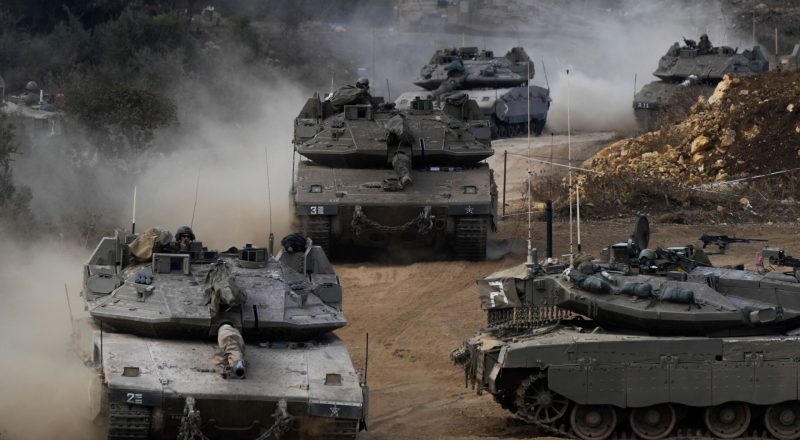by Juliana Cruz Lima, Foreign News Reporter
AN analysis by the Israel Defense Forces (IDF) said that Hezbollah, under the leadership of Hassan Nasrallah, has evolved into a well-armed terrorist organisation, presenting a significant threat to Israeli security.
With strong backing from Iran, Hezbollah’s military capabilities and strategic positioning in Lebanon continue to shape the region’s security dynamics.
Military Strength and Sophisticated Armaments: The IDF assesses that Hezbollah maintains a robust military force with 20,000-25,000 full-time fighters, supported by tens of thousands of reserves.
The organisation’s elite Radwan Unit, trained and equipped by Iran’s Quds Force, is noted for its expertise in conducting operations against Israel, including potential incursions into Israeli territory.
Hezbollah’s vast arsenal consists of over 150,000 rockets and missiles, making it one of the most heavily armed non-state actors globally.
Its weaponry, including Iranian-made Fajr-5 and Zelzal-2 rockets, has the capability to strike deep into Israeli territory, posing a direct and immediate threat.
Advanced Warfare Capabilities: The IDF highlights Hezbollah’s advancements in modern warfare, facilitated by Iranian support.
This includes access to advanced anti-ship missiles, anti-tank weapons, and unmanned aerial vehicles (UAVs).
Hezbollah’s ability to target Israeli naval assets was demonstrated during the 2006 conflict, where it effectively used anti-ship missiles.
The organisation’s UAV capabilities, with ranges up to 400 km, are seen as a growing threat to Israeli airspace and ground operations.
Hassan Nasrallah’s Leadership and Strategy: The IDF acknowledges that Nasrallah has been central to Hezbollah’s development from a militia into a hybrid political-military organization.
Since taking leadership in 1992, Nasrallah has focused on expanding Hezbollah’s rocket arsenal and enhancing its military capabilities.
His extremist ideology, particularly his anti-Semitic rhetoric, reinforces Hezbollah’s hostility towards Israel, while his leadership from hiding underlines the constant threat he poses despite his physical absence from public life.
Major Hezbollah Attacks: Hezbollah has been involved in numerous high-profile terrorist attacks, many of which have targeted Israel and Western interests.
The IDF emphasises that, until 9/11, Hezbollah was responsible for more American deaths than any other terrorist organisation.
It is widely recognised as a global terrorist entity by many nations, including the U.S., the UK, Canada, and Israel.
Hezbollah’s Role in Lebanon’s Crisis: Lebanon’s ongoing economic collapse and political instability have created an environment in which Hezbollah wields disproportionate power.
The IDF warns that Hezbollah’s control and influence over Lebanon’s institutions and its military activities continue to threaten regional stability.
Israel-Hezbollah Conflict: The IDF provides a detailed account of Hezbollah’s ongoing military engagement with Israel, most notably during the 2006 Second Lebanon War.
The conflict, sparked by a Hezbollah attack on Israeli soldiers, resulted in the deaths of hundreds of Hezbollah fighters and significant destruction in Lebanon.
Despite this, Hezbollah has since rebuilt its forces and amassed a larger, more sophisticated arsenal, positioning itself as perhaps the most formidable terrorist organisation in the world.
Conclusion: The IDF concludes that Hezbollah, under Nasrallah’s leadership and backed by Iran, represents a major threat to regional security.
Its advanced military capabilities, particularly its extensive rocket and missile arsenal, coupled with its ideological commitment to attacking Israel, make it a key destabilising force in the Middle East.
As Lebanon faces severe internal challenges, Hezbollah’s role will likely continue to influence the region’s security landscape.
